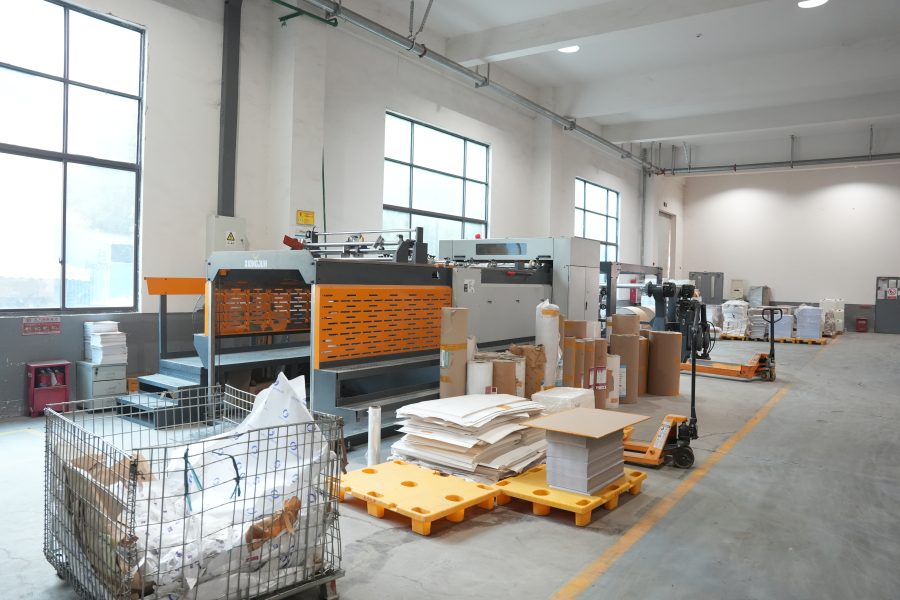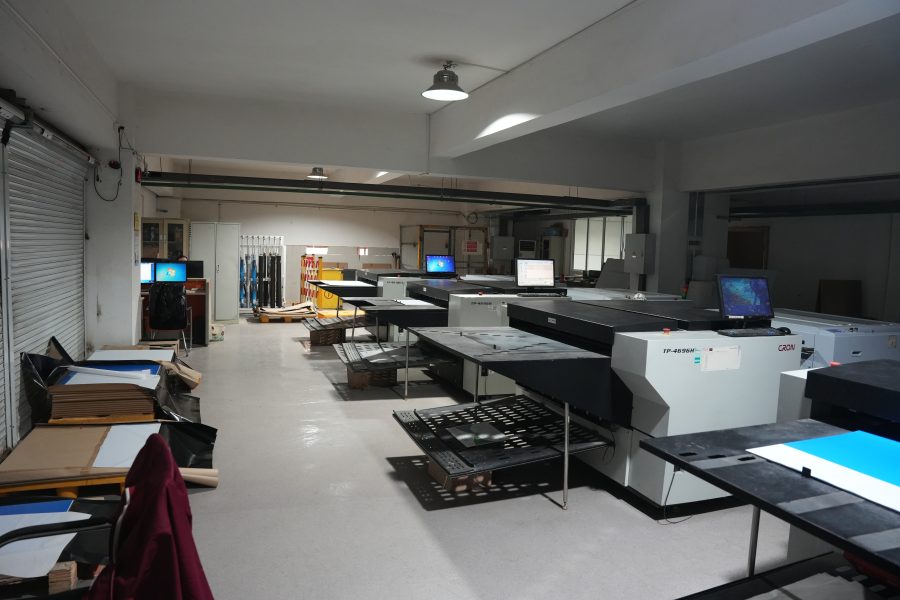Printing Terminology: What Is Prepress in Printing?
In the world of printing, prepress is a crucial stage in the production process that ensures a smooth transition from design to print. Whether you are working on a brochure, book, magazine, or packaging, prepress is essential for achieving high-quality results. This article explores the meaning, process, and importance of prepress in printing, outlining every step that takes place before ink is applied to paper.
1. What Is Prepress?
Prepress refers to all the processes that take place before the actual printing of a document, ensuring that the digital file is correctly prepared for production. This phase includes design preparation, color adjustments, proofing, trapping, and plate creation, among other tasks. The goal of prepress is to prevent errors that could lead to printing defects, color inconsistencies, or misalignment issues. Without a proper prepress workflow, even minor mistakes in the design file can cause costly delays and reprints.
2. The Key Stages of Prepress
Prepress involves multiple steps to ensure that a file is print-ready. Here are the essential stages:
a) File Preparation and Setup
► Ensuring that the document is in the correct format (PDF/X, AI, PSD, or TIFF) and compatible with printing equipment.
► Checking resolution (images should be at least 300 DPI for sharp, high-quality prints).
► Setting the correct page size, margins, and bleeds (typically 0.125 inches beyond the trim edge to prevent cropping errors).
► Embedding or outlining fonts to prevent missing text or substitutions.
► Checking for missing image links or unsupported file formats in the design.
b) Color Management and Correction
► Converting colors to the appropriate mode (CMYK for print, RGB for digital, or Pantone for spot colors).
► Calibrating color profiles to match the printer’s capabilities and ensure consistency across different media.
► Using color proofing to verify that the final print output matches the designer's intent.
► Applying trapping (a slight overlap of colors) to prevent gaps where different inks meet on the page.

c) Proofing and Quality Control
► Generating soft proofs (digital previews) for on-screen review of layout and colors.
► Creating hard proofs (physical samples) to verify print accuracy before mass production.
► Conducting a preflight check using specialized software to detect missing fonts, low-resolution images, and incorrect color modes.
► Adjusting contrast, sharpness, and alignment to enhance readability and print clarity.
d) Imposition and Pagination
► Arranging pages in the correct order for booklets, catalogs, and multi-page documents to ensure proper folding and binding.
► Optimizing the layout for efficient paper usage and minimizing waste.
► Adjusting for creep (slight shifting of inner pages in saddle-stitched books) to maintain correct alignment.
e) Plate Making for Offset Printing
► For offset printing, prepress involves transferring the digital design onto printing plates.
► These plates are then used to apply ink to paper in a precise and consistent manner.
► Different plates are made for each ink color (CMYK or spot colors), ensuring accurate registration.
For digital printing, this step is bypassed as the file is sent directly to the digital press.
3. Why Is Prepress Important?
The prepress stage is essential for:
► Error Prevention – Catching mistakes early prevents costly reprints and wasted materials.
► Color Accuracy – Ensuring that printed colors match the intended design.
► Efficiency – Streamlining the printing process for faster turnaround times.
► Professional Quality – Achieving sharp, high-resolution prints that meet industry standards.
► Cost Reduction – Minimizing paper and ink waste by avoiding production errors.
4. Common Prepress Issues and How to Avoid Them
► Low-Resolution Images → Always use 300 DPI images to prevent pixelation.
► Incorrect Bleed Settings → Add a 0.125-inch bleed to avoid unwanted white edges.
► Wrong Color Mode → Convert files to CMYK to ensure correct color reproduction.
► Font Issues → Outline or embed fonts to prevent substitutions.
► Missing Links → Ensure all linked images and assets are included when packaging the file.
► Overprint Issues → Check overprint settings to avoid colors unintentionally blending.

5. The Role of Prepress in Different Printing Methods
Prepress processes vary depending on the type of printing used:
a) Offset Printing
► Requires plate creation for each color layer.
► Uses halftone screens to create gradients and photographic images.
► Color separations must be precise to avoid misregistration.
b) Digital Printing
► No plates required; the file is sent directly to the printer.
► Best for short-run and on-demand printing.
► Prepress checks focus on file compatibility and color accuracy.
c) Flexographic Printing
► Commonly used for packaging, labels, and large-scale prints.
► Requires flexible printing plates and special ink formulations.
► Prepress ensures proper plate mounting and ink density adjustments.
d) Screen Printing
► Used for apparel, signage, and specialty prints.
► Requires separate screens for each color.
► Prepress ensures proper alignment and stencil preparation.
6. Future Trends in Prepress Technology
► AI-Driven Automation – AI tools are now capable of detecting design errors, optimizing imposition, and enhancing color correction.
► Cloud-Based Prepress Workflows – Remote collaboration and cloud-based proofing tools streamline prepress operations.
► 3D Proofing Technology – Virtual proofing tools allow clients to preview printed materials in 3D simulations before production.
► Sustainable Printing Solutions – Prepress innovations are reducing paper waste and chemical usage through digital plate-making and eco-friendly inks.
7. Conclusion
Prepress is a critical step in printing that ensures a seamless transition from design to production. By properly preparing files, managing colors, and conducting thorough proofing, prepress helps achieve high-quality, professional prints while minimizing errors and waste. Whether working with offset, digital, flexographic, or screen printing, understanding prepress processes can significantly improve the final print output, making it a must-know concept for designers, publishers, and print professionals alike.
By embracing modern prepress techniques, businesses can enhance print accuracy, reduce costs, and streamline production for a more efficient and sustainable printing industry.







